-
 Bitcoin
Bitcoin $106,754.6083
1.33% -
 Ethereum
Ethereum $2,625.8249
3.80% -
 Tether USDt
Tether USDt $1.0001
-0.03% -
 XRP
XRP $2.1891
1.67% -
 BNB
BNB $654.5220
0.66% -
 Solana
Solana $156.9428
7.28% -
 USDC
USDC $0.9998
0.00% -
 Dogecoin
Dogecoin $0.1780
1.14% -
 TRON
TRON $0.2706
-0.16% -
 Cardano
Cardano $0.6470
2.77% -
 Hyperliquid
Hyperliquid $44.6467
10.24% -
 Sui
Sui $3.1128
3.86% -
 Bitcoin Cash
Bitcoin Cash $455.7646
3.00% -
 Chainlink
Chainlink $13.6858
4.08% -
 UNUS SED LEO
UNUS SED LEO $9.2682
0.21% -
 Avalanche
Avalanche $19.7433
3.79% -
 Stellar
Stellar $0.2616
1.64% -
 Toncoin
Toncoin $3.0222
2.19% -
 Shiba Inu
Shiba Inu $0.0...01220
1.49% -
 Hedera
Hedera $0.1580
2.75% -
 Litecoin
Litecoin $87.4964
2.29% -
 Polkadot
Polkadot $3.8958
3.05% -
 Ethena USDe
Ethena USDe $1.0000
-0.04% -
 Monero
Monero $317.2263
0.26% -
 Bitget Token
Bitget Token $4.5985
1.68% -
 Dai
Dai $0.9999
0.00% -
 Pepe
Pepe $0.0...01140
2.44% -
 Uniswap
Uniswap $7.6065
5.29% -
 Pi
Pi $0.6042
-2.00% -
 Aave
Aave $289.6343
6.02%
How to export Phantom private keys? Safe backup and risk prevention guide
Export Phantom private keys safely by writing down the secret recovery phrase and storing it in a secure physical location to prevent unauthorized access and loss of funds.
May 16, 2025 at 11:00 pm
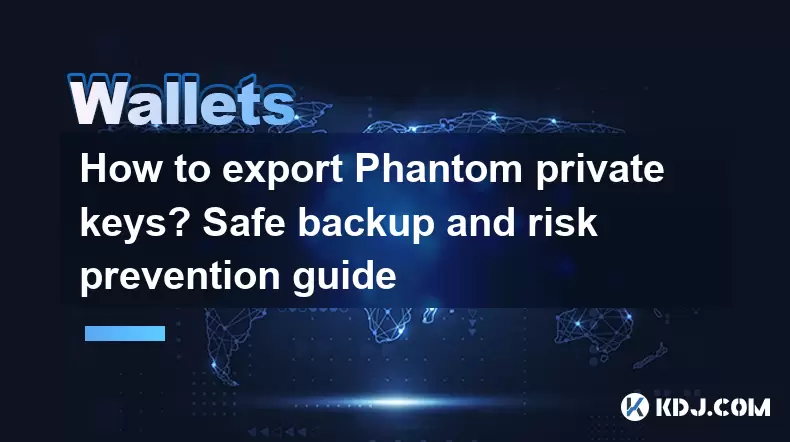
How to Export Phantom Private Keys? Safe Backup and Risk Prevention Guide
When managing your cryptocurrency, understanding how to securely export and backup your private keys is crucial. Phantom, a popular Solana-based wallet, provides users with the ability to manage their digital assets safely. This guide will walk you through the process of exporting your private keys from the Phantom wallet, as well as provide essential tips on safely backing them up and preventing risks.
Understanding Phantom Private Keys
Phantom private keys are the cryptographic keys that allow you to access and manage your Solana-based cryptocurrencies and NFTs. These keys are essential for proving ownership of your digital assets. Losing access to these keys can result in permanent loss of your funds, so it's vital to handle them with care.
Exporting Private Keys from Phantom Wallet
To export your private keys from the Phantom wallet, follow these detailed steps:
Open the Phantom Wallet: Launch the Phantom application on your device. Ensure you are using the latest version of the app for security reasons.
Access the Settings Menu: Navigate to the settings menu by clicking on the gear icon, usually located in the top right corner of the interface.
Select "Show Secret Recovery Phrase": Within the settings, find and select the option labeled "Show Secret Recovery Phrase." This phrase is essentially your private key in mnemonic form.
Verify Your Identity: Phantom will ask you to verify your identity. This may involve entering your password or using biometric authentication like a fingerprint or face recognition.
Reveal Your Private Key: After successful verification, you will be shown your secret recovery phrase. This is a series of words that you must keep safe and confidential.
Manual Export: Write down the secret recovery phrase on a piece of paper. Do not store it digitally, as this increases the risk of unauthorized access.
Confirm the Phrase: Phantom will ask you to confirm the phrase by entering it in the correct order. This step ensures you have accurately recorded your private key.
Safely Backing Up Your Private Keys
Properly backing up your private keys is crucial to ensure you do not lose access to your digital assets. Here are some best practices for safely backing up your Phantom private keys:
Use Physical Storage: Store your written secret recovery phrase in a secure physical location, such as a safe deposit box or a fireproof safe. Avoid digital storage to minimize the risk of hacking.
Multiple Copies: Consider making multiple copies of your secret recovery phrase and storing them in different secure locations. This can protect against loss due to unforeseen events like fires or floods.
Avoid Sharing: Never share your secret recovery phrase with anyone. Treat it as you would your bank account details or social security number.
Regular Checks: Periodically check on your stored recovery phrase to ensure it remains secure and undamaged.
Risk Prevention and Security Measures
To prevent risks associated with your Phantom private keys, consider the following security measures:
Use Strong Passcodes: Ensure your device and Phantom wallet are protected with strong, unique passcodes. Enable two-factor authentication (2FA) where available.
Be Wary of Phishing: Always double-check the authenticity of websites and communications purporting to be from Phantom. Phishing attempts can trick you into revealing your private keys.
Keep Software Updated: Regularly update your Phantom wallet and any other software you use to manage your cryptocurrencies. Updates often include important security patches.
Limit Exposure: Minimize the times you need to access your private keys. The less you handle them, the lower the risk of exposure.
Recovering Your Wallet Using Private Keys
If you ever need to recover your Phantom wallet using your private keys, follow these steps:
Download and Install Phantom: If you haven't already, download the Phantom wallet application from the official website.
Create a New Wallet: Launch the app and choose the option to create a new wallet.
Restore Using Recovery Phrase: Instead of generating a new key, select the option to restore your wallet using your secret recovery phrase.
Enter Your Secret Recovery Phrase: Carefully enter the secret recovery phrase you previously backed up. Make sure the words are entered in the correct order.
Access Your Wallet: After successful entry, your wallet should be restored, and you can access your digital assets.
Common Mistakes to Avoid
When dealing with your Phantom private keys, certain mistakes can lead to loss of funds or security breaches. Here are some common errors to avoid:
Storing Keys Digitally: As mentioned earlier, never store your private keys or recovery phrases on digital devices. This increases the risk of hacking and unauthorized access.
Sharing Keys: Do not share your private keys with anyone, even if they claim to be from customer support. Official support will never ask for your private keys.
Neglecting Updates: Failing to keep your wallet and device software updated can leave you vulnerable to known security exploits.
Ignoring Security Best Practices: Always follow the recommended security practices, such as using strong passwords and enabling 2FA, to protect your assets.
Frequently Asked Questions
Q1: Can I export my Phantom private keys to another wallet?
A1: While you can export your private keys from Phantom, direct import to another wallet may not be supported due to differences in wallet formats and protocols. Always check the compatibility of the receiving wallet before attempting to transfer your keys.
Q2: What should I do if I suspect my Phantom private keys have been compromised?
A2: If you suspect your private keys have been compromised, immediately move your funds to a new wallet generated with new keys. Change all related passwords and monitor your accounts for any unauthorized activity.
Q3: Is it safe to use third-party services to manage my Phantom private keys?
A3: It is generally not recommended to use third-party services for managing your private keys, as this increases the risk of theft or loss. Always manage your keys yourself and use official resources and tools.
Q4: How often should I back up my Phantom private keys?
A4: It's a good practice to back up your private keys whenever you make significant changes to your wallet, such as adding new assets or changing your recovery phrase. Regular checks on your backup's security are also advisable.
Disclaimer:info@kdj.com
The information provided is not trading advice. kdj.com does not assume any responsibility for any investments made based on the information provided in this article. Cryptocurrencies are highly volatile and it is highly recommended that you invest with caution after thorough research!
If you believe that the content used on this website infringes your copyright, please contact us immediately (info@kdj.com) and we will delete it promptly.
- 2025-W Uncirculated American Gold Eagle and Dr. Vera Rubin Quarter Mark New Products
- 2025-06-13 06:25:13
- Ruvi AI (RVU) Leverages Blockchain and Artificial Intelligence to Disrupt Marketing, Entertainment, and Finance
- 2025-06-13 07:05:12
- H100 Group AB Raises 101 Million SEK (Approximately $10.6 Million) to Bolster Bitcoin Reserves
- 2025-06-13 06:25:13
- Galaxy Digital CEO Mike Novogratz Says Bitcoin Will Replace Gold and Go to $1,000,000
- 2025-06-13 06:45:13
- Trust Wallet Token (TWT) Price Drops 5.7% as RWA Integration Plans Ignite Excitement
- 2025-06-13 06:45:13
- Ethereum (ETH) Is in the Second Phase of a Three-Stage Market Cycle
- 2025-06-13 07:25:13
Related knowledge
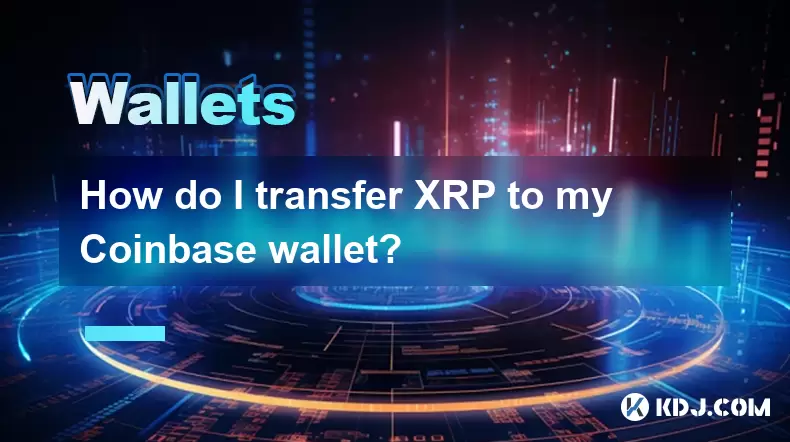
How do I transfer XRP to my Coinbase wallet?
Jun 16,2025 at 04:57pm
Understanding the Basics of XRP and Coinbase CompatibilityBefore initiating any transfer, it’s essential to confirm whether Coinbase supports XRP. As of recent updates, Coinbase has resumed offering XRP trading services on its platform after a period of uncertainty due to legal issues involving Ripple Labs. However, availability may vary depending on yo...

How do I deposit BNB into my Trust Wallet?
Jun 15,2025 at 03:56pm
Understanding BNB and Trust Wallet CompatibilityBefore initiating a deposit, it’s crucial to understand what BNB is and how it interacts with Trust Wallet. BNB (Binance Coin) is a utility token created by the Binance exchange. It can be used for paying transaction fees, participating in token sales, and more. Trust Wallet, on the other hand, is a mobile...
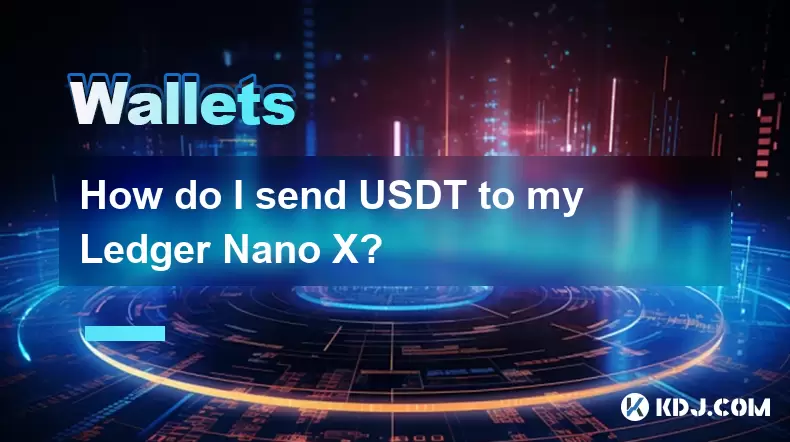
How do I send USDT to my Ledger Nano X?
Jun 15,2025 at 06:28am
What is USDT and Why Use Ledger Nano X?USDT, also known as Tether, is one of the most widely used stablecoins in the cryptocurrency ecosystem. It operates on various blockchain networks such as Ethereum (ERC-20), Tron (TRC-20), and others, offering users a digital asset pegged 1:1 to the US dollar. When it comes to storing USDT securely, hardware wallet...
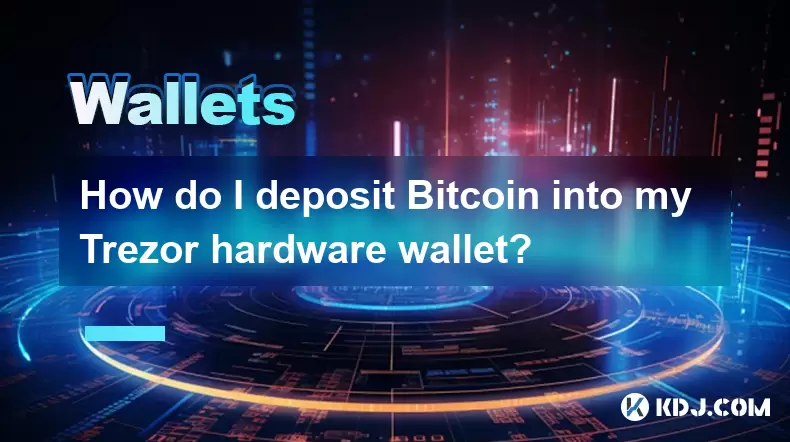
How do I deposit Bitcoin into my Trezor hardware wallet?
Jun 14,2025 at 12:29pm
What is a Trezor Hardware Wallet?A Trezor hardware wallet is a secure device designed to store cryptocurrencies offline, protecting them from online threats. Unlike software wallets, which are vulnerable to hacking and malware, Trezor stores private keys on the physical device itself. This ensures that transactions can only be approved by physically int...
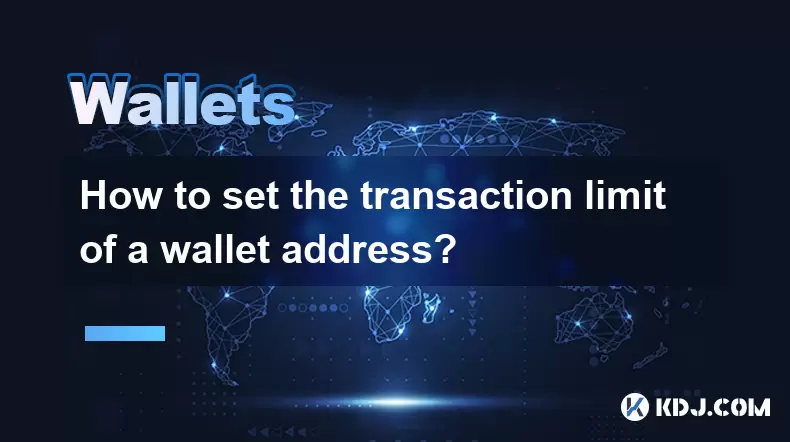
How to set the transaction limit of a wallet address?
Jun 16,2025 at 04:08am
Understanding the Concept of Transaction Limits in Cryptocurrency WalletsIn the cryptocurrency ecosystem, transaction limits refer to predefined restrictions placed on the amount of digital assets that can be sent or received by a wallet address within a specified timeframe. These limits are typically enforced by platforms such as exchanges, custodial w...
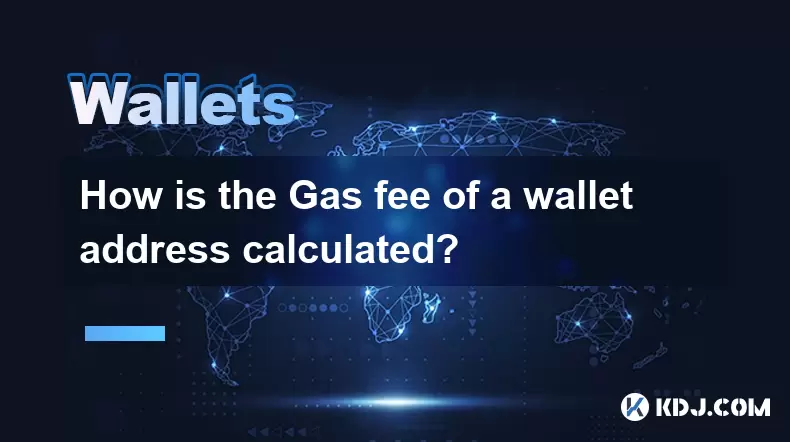
How is the Gas fee of a wallet address calculated?
Jun 14,2025 at 07:57pm
Understanding the Basics of Gas Fees in Blockchain TransactionsIn the cryptocurrency ecosystem, particularly within Ethereum-based networks, a Gas fee is an essential component of executing transactions or smart contract operations. The Gas fee serves as compensation for miners or validators who process and confirm transactions on the blockchain. It is ...

How do I transfer XRP to my Coinbase wallet?
Jun 16,2025 at 04:57pm
Understanding the Basics of XRP and Coinbase CompatibilityBefore initiating any transfer, it’s essential to confirm whether Coinbase supports XRP. As of recent updates, Coinbase has resumed offering XRP trading services on its platform after a period of uncertainty due to legal issues involving Ripple Labs. However, availability may vary depending on yo...

How do I deposit BNB into my Trust Wallet?
Jun 15,2025 at 03:56pm
Understanding BNB and Trust Wallet CompatibilityBefore initiating a deposit, it’s crucial to understand what BNB is and how it interacts with Trust Wallet. BNB (Binance Coin) is a utility token created by the Binance exchange. It can be used for paying transaction fees, participating in token sales, and more. Trust Wallet, on the other hand, is a mobile...

How do I send USDT to my Ledger Nano X?
Jun 15,2025 at 06:28am
What is USDT and Why Use Ledger Nano X?USDT, also known as Tether, is one of the most widely used stablecoins in the cryptocurrency ecosystem. It operates on various blockchain networks such as Ethereum (ERC-20), Tron (TRC-20), and others, offering users a digital asset pegged 1:1 to the US dollar. When it comes to storing USDT securely, hardware wallet...

How do I deposit Bitcoin into my Trezor hardware wallet?
Jun 14,2025 at 12:29pm
What is a Trezor Hardware Wallet?A Trezor hardware wallet is a secure device designed to store cryptocurrencies offline, protecting them from online threats. Unlike software wallets, which are vulnerable to hacking and malware, Trezor stores private keys on the physical device itself. This ensures that transactions can only be approved by physically int...

How to set the transaction limit of a wallet address?
Jun 16,2025 at 04:08am
Understanding the Concept of Transaction Limits in Cryptocurrency WalletsIn the cryptocurrency ecosystem, transaction limits refer to predefined restrictions placed on the amount of digital assets that can be sent or received by a wallet address within a specified timeframe. These limits are typically enforced by platforms such as exchanges, custodial w...

How is the Gas fee of a wallet address calculated?
Jun 14,2025 at 07:57pm
Understanding the Basics of Gas Fees in Blockchain TransactionsIn the cryptocurrency ecosystem, particularly within Ethereum-based networks, a Gas fee is an essential component of executing transactions or smart contract operations. The Gas fee serves as compensation for miners or validators who process and confirm transactions on the blockchain. It is ...
See all articles

























































































